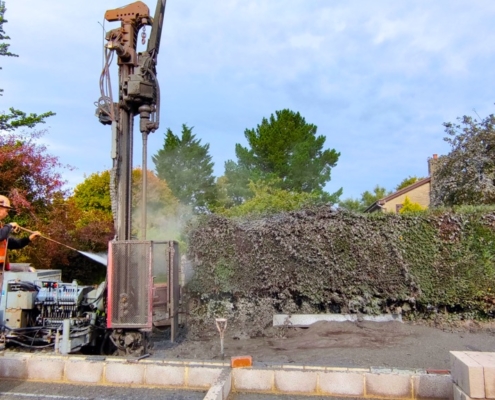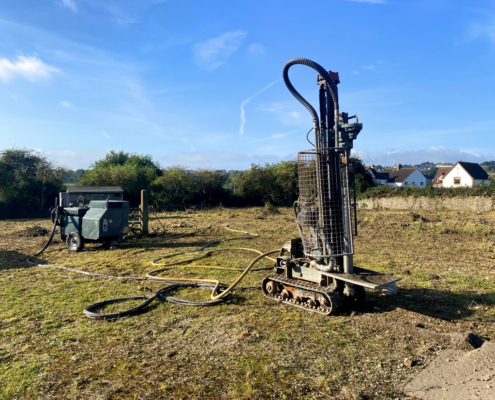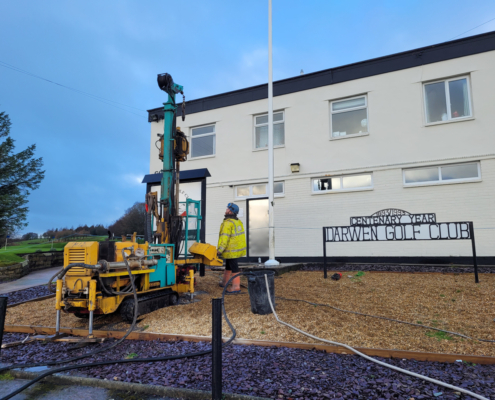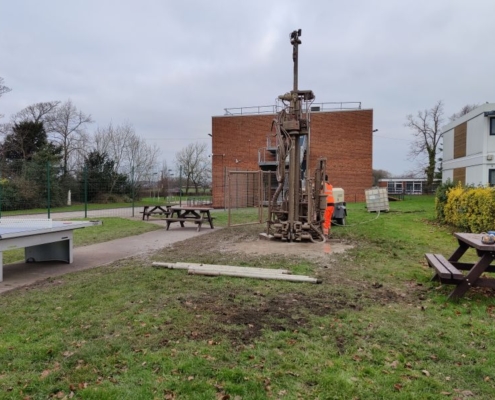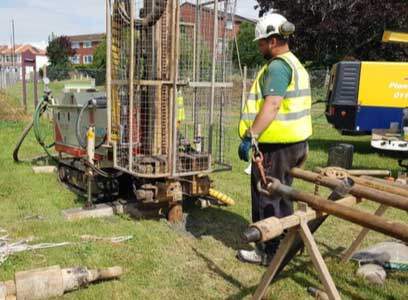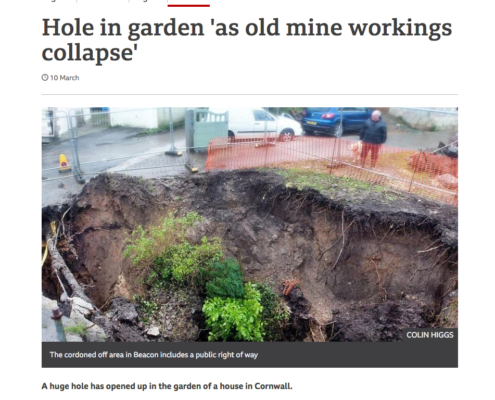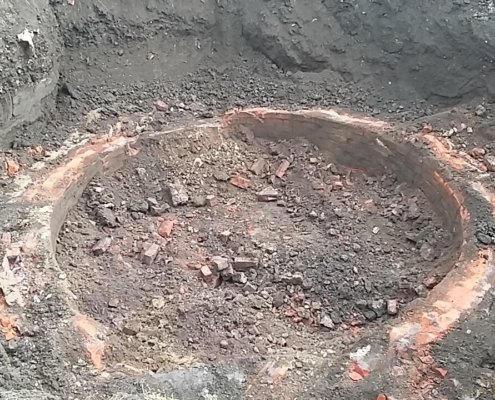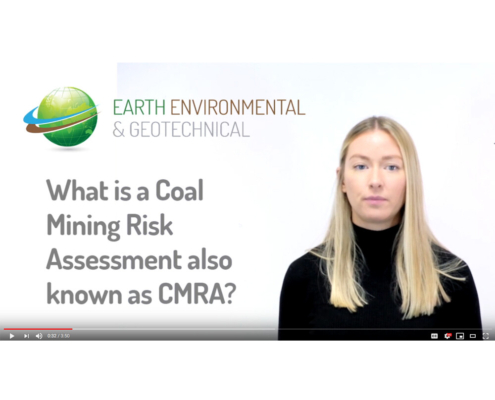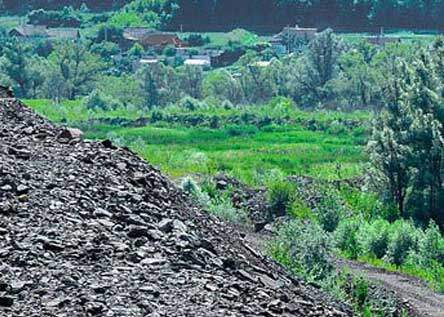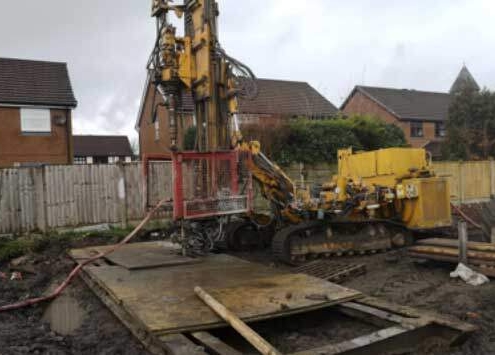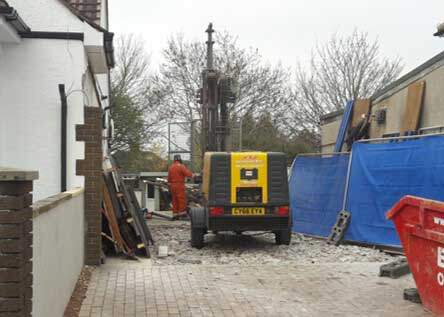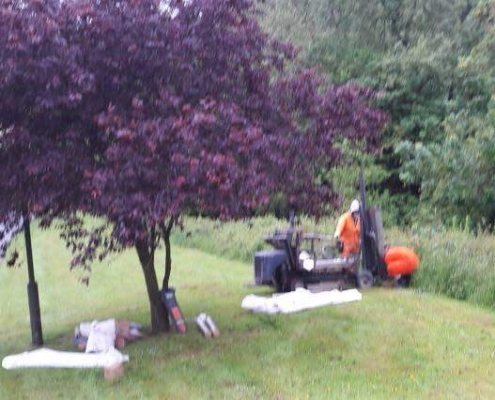Coal Mining Risk Assessment Service
The coalfield is divided into two areas, referred to as Development High Risk Area and Development Low Risk Area:
- the High Risk Area (15% of the coalfield area) is where coal mining risks are present at shallow depth which are likely to affect new development
- the Low Risk Area (85% of the coalfield) is where past coal mining activity has taken place at sufficient depth that it poses low risk to new development
If the Coal Mining Risk Assessment identifies a risk to a potential development, a programme of site investigation can be completed in-house by Earth Environmental & Geotechnical Ltd.
The historical legacy of coal mining in the UK affects many development proposals, if you are unsure whether you need a Coal Mining Risk Assessment Earth Environmental & Geotechnical will assess your developments needs and can give you expert advice.
We offer a fixed price of £425 (excluding VAT) for completing your Coal Mining Risk Assessment.
At Earth Environmental & Geotechnical our expert team will quickly prepare your Coal Mining Risk Assessment and because we have extensive experience of working with developers and the Coal Authority, we can provide all the supporting documents your development needs.
The Coal Mining Risk Assessment’s aim is to identify site specific coal mining risks and set out the proposed mitigation strategy to show that the site can be made safe and stable for the development being proposed.
Development High Risk areas are designated when there are hazards that could affect a new development, which include:
- geological features, such as fissures and break line
- mine entries with potential zones of influence
- surface hazards
- workable coal seam outcrops
- shallow and probable shallow coal mine workings
- mine gas
- surface (opencast) mining
Should any risks to future development be identified in the CMRA, further works will be recommended prior to the development taking place. Typically, this will involve the advancing of Rotary Boreholes to agreed depths across the site to identify the presence of any historic workings and thickness and composition of any anticipated shallow seams.
As a general rule of thumb, a minimum of three boreholes will be required in order to satisfy the Coal Authority.
Where potential shafts are identified, a watching brief, site strip or targeted investigation will likely be recommended. Depending on the findings of the investigation works, further remediation works e.g. drill and grouting of old workings to stabilise the void or shaft, may be required.
Earth Environmental have a number of competent in-house staff who can assist developers at any stage of a project, from coal mining risk assessments and site investigations through to remediation works (e.g. drill and grouting).
Contact Earth Environmental for expert advice on your Coal Mining Risk Assessments.
Example – Coal Mining Risk Assessment.
Example of a COAL MINING RISK ASSESSMENT CMRA



